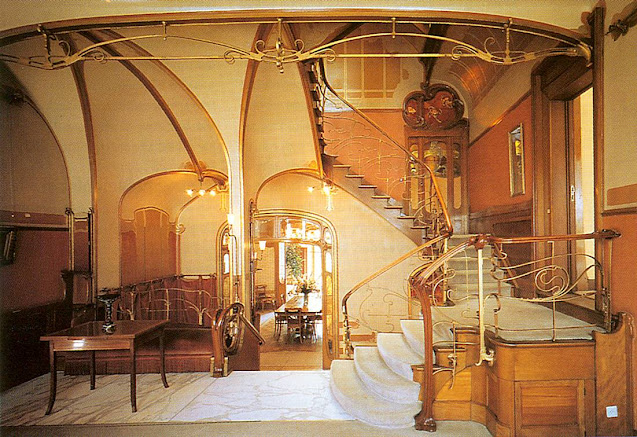Abhishek Kumar
JANUARY 06, ON THIS DAY
“I wanted to create a personal work, the building, architectural, and social rationalism of which made me fashionable, because this work suited the rhythm of contemporary architecture and life.”
Victor Horta
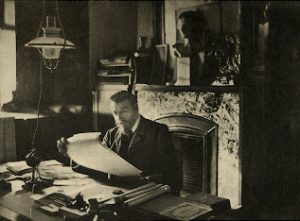
The work of Belgian architect Victor Horta is often seen as groundbreaking and revolutionary in the fields of both art and architecture. Horta’s work combined the two disciplines in a remarkable way, creating an aesthetic that was unique and highly influential. His designs often featured intricate details, organic forms, and a harmonious relationship between the natural and man-made elements. While his work was highly influential in both fields of art and architecture, it is particularly notable for the way it brought the two together. Horta’s architecture was heavily influenced by the Art Nouveau movement, which sought to combine the organic forms of nature with the linear forms of industrialization. Horta’s buildings often featured intricate curvilinear shapes, inspired by the natural forms of plants and animals. One of his most famous works, the Tassel House, featured a curving façade with intricate metalwork and stained glass windows, demonstrating the way in which Horta was able to combine the organic forms of nature with the more rigid forms of industrialization.
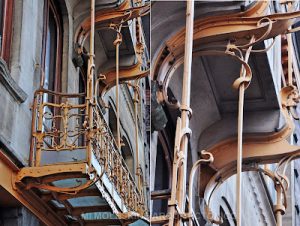
Victor Horta was a Belgian architect and designer who was a pioneer of the Art Nouveau style. Horta was born in Ghent, Belgium, and studied architecture at the Academy of Fine Arts in Brussels. He began his career as an apprentice to leading Belgian architect, Alphonse Balat. Horta’s most famous works include the Hotel Tassel in Brussels (1893), the Hôtel van Eetvelde (1895), and the Maison du Peuple in Brussels (1896–1899). These buildings are characterized by their sinuous lines, flowing curves, and use of natural materials. He also designed a number of private homes, public buildings, churches, and department stores. Horta’s style was revolutionary and highly influential. He was the first architect to apply Art Nouveau principles of design to architecture and interior design, and his work had a significant impact on the development of modern architecture in Europe. He was also the first architect to use wrought iron and glass in his buildings.
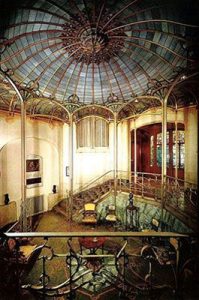
The work of Victor Horta is an excellent example of how art and architecture can be combined in a harmonious and successful way. His designs are both aesthetically pleasing and functional, and they demonstrate the importance of understanding the context in which a building is situated. Additionally, his commitment to craftsmanship is evident in his designs, which often feature intricate details, organic forms, and a sense of unity between all the elements. As such, his work is a testament to the unique and powerful relationship between art and architecture.
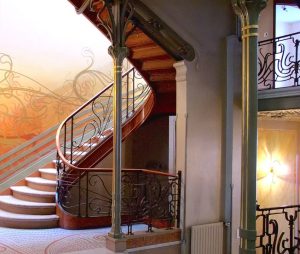
At the same time, Horta was also heavily influenced by the visual arts of the time, particularly the art of the Symbolist movement. Horta’s buildings often featured elements from Symbolist art, such as the incorporation of symbols and motifs that represented spiritual or emotional concepts. For example, the Tassel House featured a sculpture of a woman with a dove, a symbol of peace and harmony, which was meant to evoke a sense of tranquility. Similarly, many of Horta’s designs featured floral motifs and other natural elements, which were meant to evoke a sense of harmony and beauty.
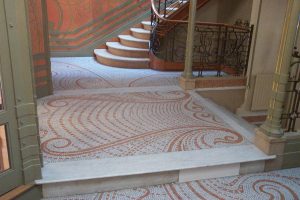
In addition to the visual aspects of Horta’s work, the use of music and sound was also an important part of his architectural designs. Horta was a great admirer of music, and he often incorporated musical elements into his buildings. For example, the Tassel House featured an organ, which Horta used to create an atmosphere of beauty and tranquility. Similarly, he often incorporated water features into his designs, such as the fountain in the courtyard of the Tassel House, which was meant to evoke a sense of serenity and peace.
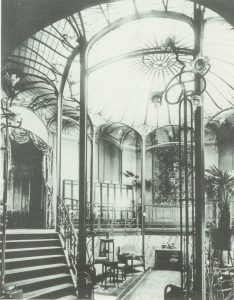
Overall, the relationship between art and architecture in Horta’s work is a complex one. Horta was able to create buildings that were both aesthetically pleasing and functional, and his use of organic forms, visual art, and music all helped to create a unique atmosphere and experience. His work demonstrates the ways in which art and architecture can be used to create a unified, harmonious experience. He believed that architecture should be seen as a reflection of the environment in which it is created, and that the design should take into account the surrounding landscape, culture, and history. This is evident in his designs, which often feature elements that are inspired by their surroundings, as well as materials and colors that are in harmony with the setting.
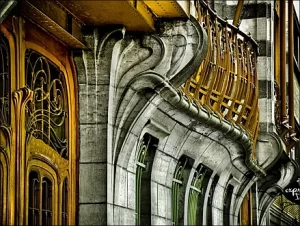
Sources:
- https://www.archdaily.com/896933/the-work-of-victor-horta-art-nouveaus-esteemed-architect
- https://www.famous-architects.org/victor-horta/
- https://artincontext.org/art-nouveau-architecture/
- https://www.theartstory.org/artist/horta-victor/
- https://en.wikipedia.org/wiki/Victor_Horta

